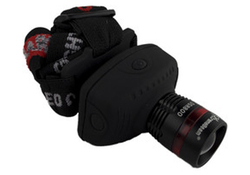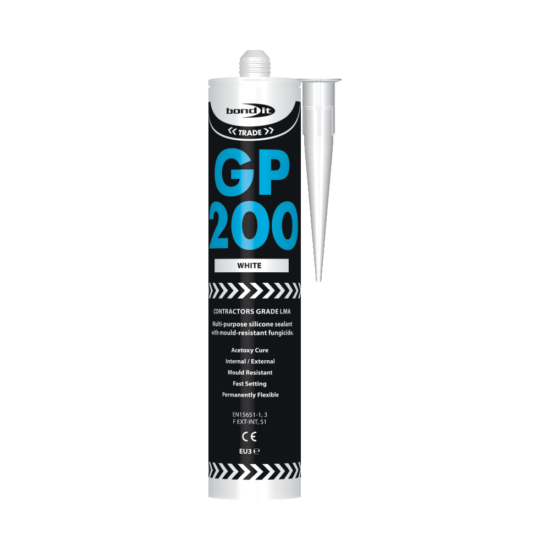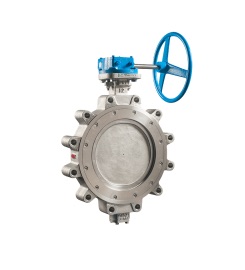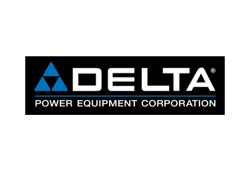Channel & Brackets Buying Guide
Unistrut channel support systems are one of those often unnoticed yet vitally important aspects of the construction industry.
Being rather like a grown-up Meccano set, the range of applications is limited only by your vision and objectives. Typically, strut-work is used to suspend or support M&E and HVAC services in a simple and cost-effective way. Often an installation is predominantly functional, although channel-ends caps can be used to help provide a neat finish if needed. Struts can be configured in an almost infinitely variable number of configurations, thanks to an assortment of straight, right-angle, acute, obtuse, and even adjustable angle brackets. Channel supports can be used to build racking, or a framework for work-benches, or anything where a robust and simple framework is required. Here we look at the use of channel in construction with a guide to the ins and outs of channel lengths and brackets.
Overview of the Channel Brands on the Market such as Unistrut
What are other names used for Channel?
The main component of any channel support system is the channel which is often referred to as strut. Lengths of strut are formed from a long sheet of metal folded into a U shape which gives it a high degree of rigidity and allows other bracketry and struts to be connected using the specially designed channel nuts and suitable bolts or studs. The overall support system is usually called channel support system, strut systems, strut-work, racking system, or just struts or channel. Channel systems are also often known by proprietary brand names, in particular Unistrut and others such as Swiftrack. The leading brand name in the field is Unistrut, as the name strut which is commonly used on construction sites comes from shortening Unistrut channels, and many unbranded channels will be marketed as Unistrut compatible. Certainly, the standard sizes of struts, such as 41mm x 41mm cross section will usually be compatible with other brands. Even if the precise profiles are not identical, mixing channel lengths from two manufacturers is unlikely to cause too much difficulty to a reasonably competent construction worker. That said, you may prefer to stick with the one brand for a consistent look and smooth installation on site. Let’s look at what to take into account when choosing Unistrut compatible channel systems.
Things to Consider When Selecting Channel and Brackets
-
Profile dimensions
The standard profile is 41mm x 41mm made from 2.5mm steel. From this starting point you can also get a smaller profile strut which is still 41mm wide, but is 21mm high, and larger profile variants which are 62mm and 83mm high.
Other options include back to back in the above sizes, and lighter weight 1.5mm steel.
-
Plain or slotted
Next, you will notice that the various sizes are available in plain or slotted versions. The slots are not added to reduce weight, although of course, they do slightly, but to make it easier to bolt struts to walls, ceilings, or other base materials as part of the construction project.
-
Finish (Pre-Galvanised, Hot-Dip Galvanised, Stainless Steel, Aluminium)
Depending on the application, balanced against costs, you may want to have a greater or lesser degree of corrosion or rust resistance. The lowest cost option for steel struts is ‘pre-galvanised’ in which the various components are made from galvanised steel sheet. This is less resistant to corrosion than ‘hot-dip galvanisation’ which is the same process as pre-galvanised but applied to finished components rather than to the base sheet metal. The advantage of this process is that all cuts and bends are specifically treated, with the resulting benefit that the strut is far less likely to corrode or rust if exposed to moisture or other corrosive effects, for example, if placed on a roof-top of a building. For the maximum rust resistance and overall look, nothing much beats stainless steel. This is the best choice for applications which need to last a very long time and/or where access to replace the installation will be difficult, or where there is a greater likelihood of corrosion for example in a maritime location or where extremes of temperature are likely, or where the struts may become pitted by damage from wind-blown sand or grit. If overall weight is an issue then using aluminium struts may be the best answer. Equivalent aluminium struts are about a third of the weight of steel but are relatively strong for their weight. Aluminium is also fairly resistant to corrosion, although not as inert as stainless steel.
-
Channel End Caps required for visual and health and safety
Although a great deal of channel is used for purely practical applications there may be aesthetic or health and safety reasons for using end caps and facias to produce a clean, smooth, and stylish finish. Certainly, in any application where people may come into contact with the ends of any channel struts, these should be finished off with end caps if only from a safety point-of-view. The cut ends of channel can have sharp edges so catching a passing finger could prove extremely unpleasant. In any application where the strut-work is at human height, it may be a legal requirement to finish with end caps and is certainly a wise choice. Struts may also be capped with facia plates in a variety of finishes for a classy look to the job.
-
Load requirements
The load being carried by channel support applications can vary depending upon the building services being supported; air-conditioning ducts, electrical cabling, pipework etc. and the spacing between the support brackets. It is important to ensure that the struts being used, and the structure being built are suitable for the job in hand. Full technical specifications are available for all products so if you are in any doubt just ask.
-
Combinations (ie dimensions or single / back to back channel)
As well as single struts in various profiles, most of these can be supplied in back-to-back form, both with or without slots, for when additional strength is required. Struts can also be supplied in 3m and 6m lengths, or pre-cut to order.
-
Specification
Choosing the right specification for your job is important. Just as you don’t want to spend more than is necessary on the top-quality corrosion resistance for a simple indoor installation where access and conditions are ideal, likewise you don’t want to penny pinch where there is a need for long life in a harsh environment. Unistrut specifications can give you a very clear idea of the lifespan expected for pre-galvanised, hot-dip galvanised, and all other materials. The London Underground system uses Unistrut because they need to know the service intervals for their support systems and by using the right materials, they can keep maintenance in difficult access areas such as tunnels to a minimum. Full details can be provided, and advice on the best choice for your application, on request.
-
Numerous brackets available to create required framing/support solutions
Connecting everything together to form the structure requires brackets. There are plenty to choose from to do pretty much anything you are ever likely to want to do. Straight splice connectors and T-plates allow for straight line connections. Flat brackets allow you to turn corners, and angle brackets add another dimension. Fixed angles are available in various acute, 90o and obtuse angles, and there are also adjustable angles and several other types besides. The chances are, if you think you need it, then it is available. If you do have a very special requirement then it is well worth getting in touch to see if it can be prefabricated for you.
Ensure the Right PPE (Personal Protective Equipment) is Used When Handling Channel Sections
-
Look at the protective equipment needed when working with channels
Assuming that basic things such as a hard hat and work boots is standard on site, there isn’t a great deal of additional PPE required for installing and working with channel systems. If you need to cut struts to length on site, and when drilling walls to mount slotted struts, then eye protection will be needed. If you are likely to need to cut a lot of struts to fixed lengths then it is well worth looking at pre-cut lengths.
-
Channel Gloves
One specific area where you will benefit from product-specific PPE is gloves. Specifically designed with channel support systems in mind, these gloves have a comfortable stretch fit with a foam nitrile coating which offers protection and improves grip, meaning you are less likely to drop fiddly channel nuts during installation.




